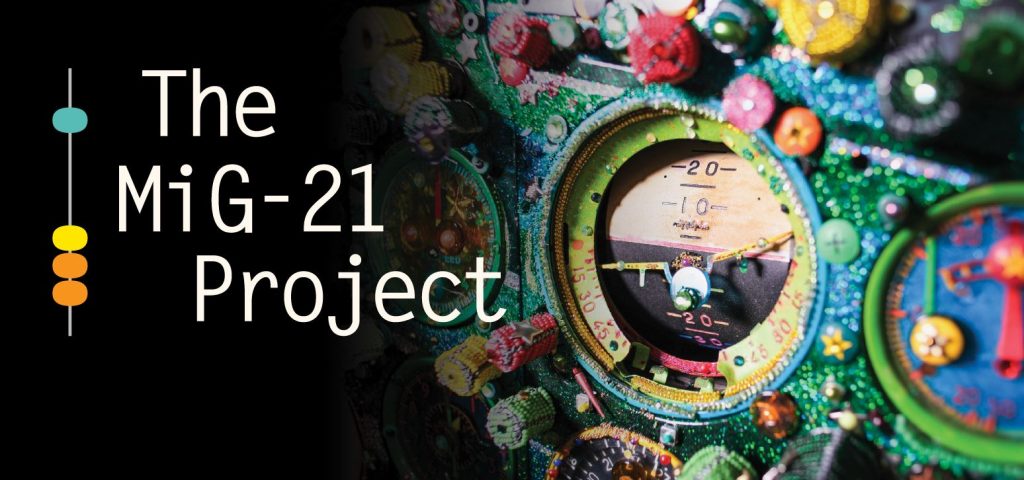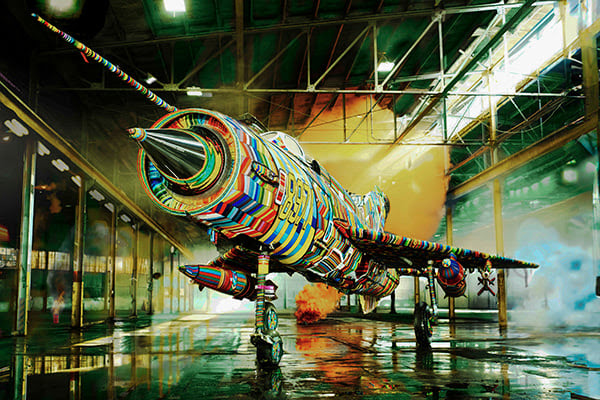The Flight Museum's highly anticipated 2025 exhibit, the MIG-21 Project, will have its world premiere on June 21st. It was conceived by South African artist Ralph Ziman. The transformed jet is not only a stunning visual statement, but also a rethink of the icon of violence into a powerful symbol of resilience, beauty and collaboration. The exhibition will be on display until January 26th, 2026.


“The purpose of the MIG-21 project is to take the most mass-produced supersonic fighter jets and turn them from war machines to something that looks beautiful and changes meaning,” Ziman said. The MIG-21 project marks the pinnacle of Ziman's mass production trilogy, a 12-year exploration of history, social justice and art, shaped by his experience growing up under South African apartheid. Working with teams in Los Angeles and skilled beadwork artisans in South Africa, Ziman is challenging the legacy of the police that militarized the global arms trade and military by reclaiming tools of violence as a canvas for creativity and cultural expression.
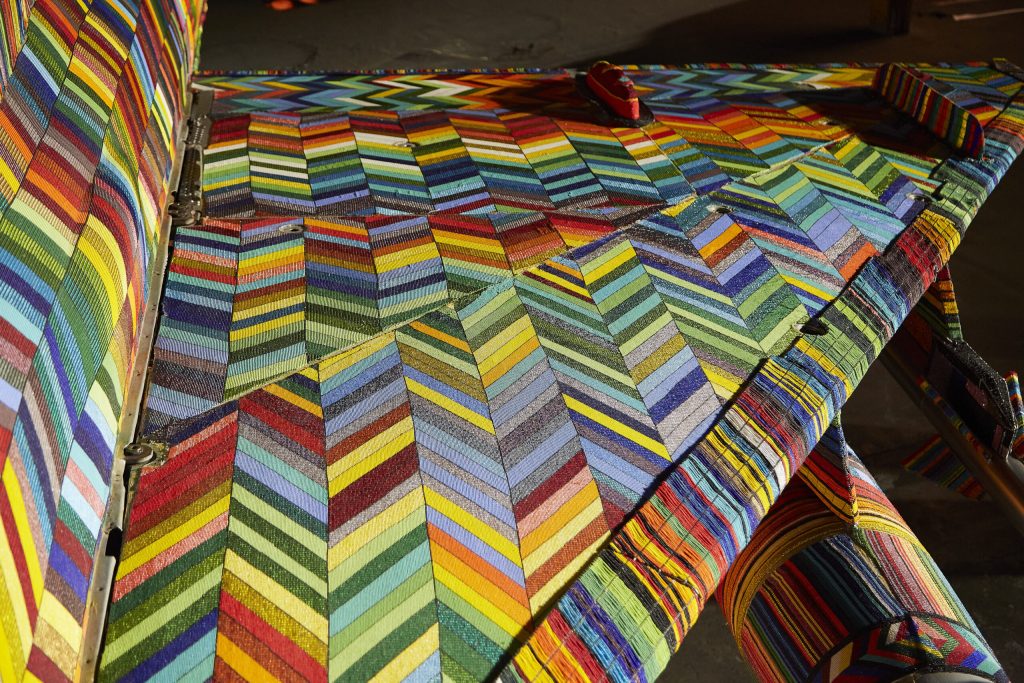

Transformative experience
The debut of the exhibition marks the first public unveiling of Beads' MIG-21. Three rooms within the museum's special exhibition gallery have been completely reconsidered to immerse visitors in the range and impact of the MIG-21 project and the mass production sector. Alongside the Jet, the gallery features original artwork, Afro-futuristic flight suits designed by Ziman and his team, extensive photography, video installations and interactive elements. The museum also developed new interpretive material that delves into the history of MIG-21, the Cold War, and how military aircraft were reused for civilian use. Special programming and family-friendly events will accompany the exhibition. Admission is free for museum members and is included in general admission. Click here for more information.
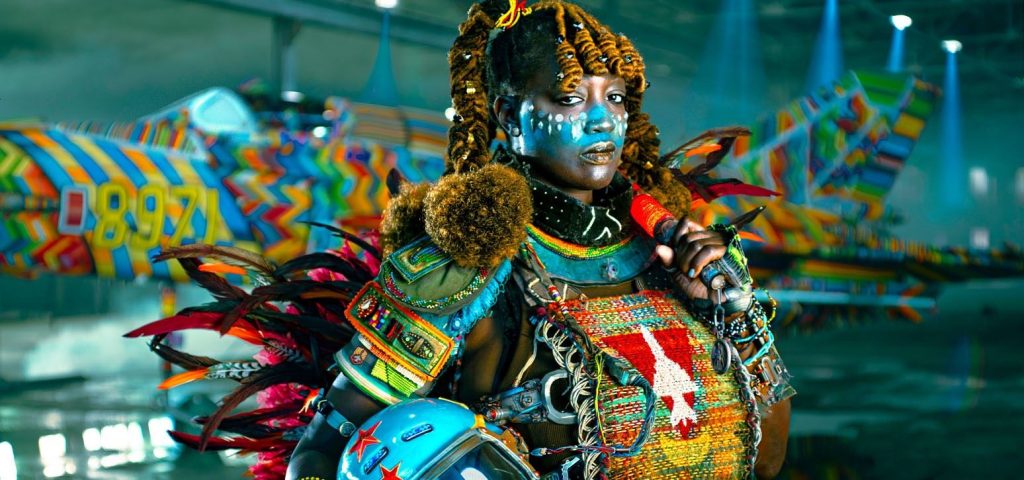

Weapons of the mass production trilogy
Ziman's trilogy combines the healing powers of cultural heritage, historical criticism and artistic collaboration. Based on the rich tradition of beadwork in southern Africa, it has been used for centuries to convey identity, lineage and community values. Click here to learn more about this exhibition.
The AK-47 Project (2013–2017) partnered with artisans in South Africa and Zimbabwe to create a wireframe replica of the beads of the AK-47 rifle. Long in the global Southern liberation struggle, rifles have been reinterpreted as a respect for self-determination and the resilience of the oppressed. Click here to learn more about this exhibition.

The Casspir Project (2015–2018) transformed an 11 tonne of apartheid-era Casspir armored vehicles into the Spoek 1, a mobile symbol of peace with intricate handboard panels. In Soweto, South Africa, when the 1976 uprising against apartheid began, Ziman and locals performed a dramatic series of photographs inspired by historical images of protest and resistance. Spoek 1 was featured at the Flight Museum's 2024 Jet Blast Bash. Click here to learn more about this exhibition.
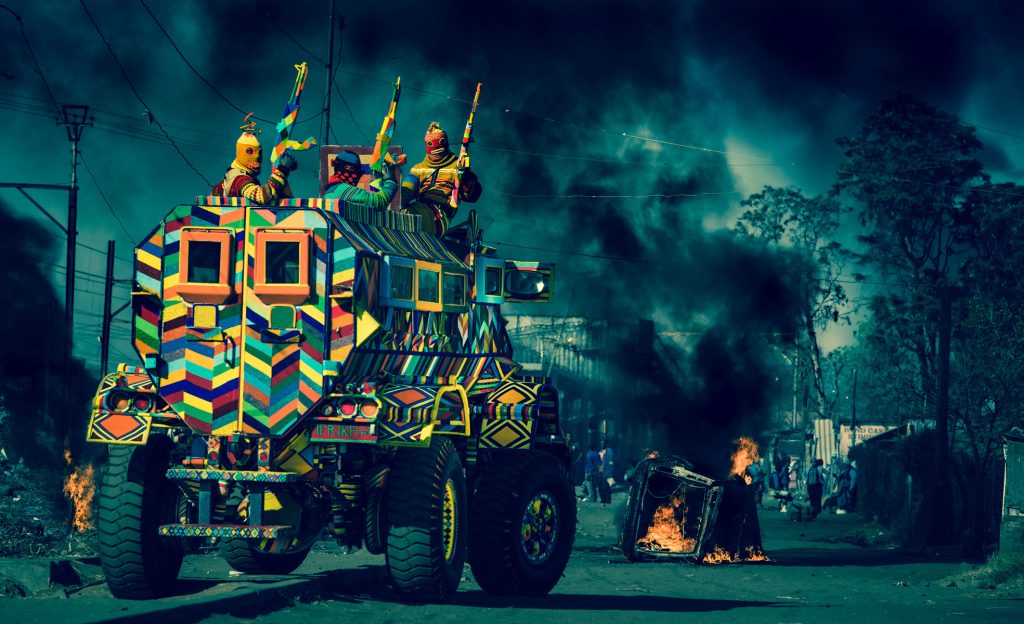
The final and most ambitious chapter of the MIG-21 Project (2020-2025) brings Ziman's vision to unprecedented scale. Once awful fighter jet becomes an artistic and cultural statement. It appeals to the fascinating surface as viewers consider transformation, memories, and shared powers of humanity. Watch the video about the Mig-21 project.
About Ralph Ziman
Ralph Ziman was born in Johannesburg in 1963 and currently lives and works in Los Angeles, California. His art is based on social responsibility and addresses themes such as apartheid, human rights, the arms trade, and global inequality. His works span sculpture, installations, photography, public art and film, and are exhibited internationally in Europe, Africa and the United States. “I grew up in the dark times of apartheid,” Ziman said. “It was a time of prejudice and division that the police were militarized and violent. My art reflects that history as I see it repeated over and over again around the world. By turning the symbol of violence into a symbol of peace, I consider the past and call for change.” For more information, visit www.ralphziman.com.
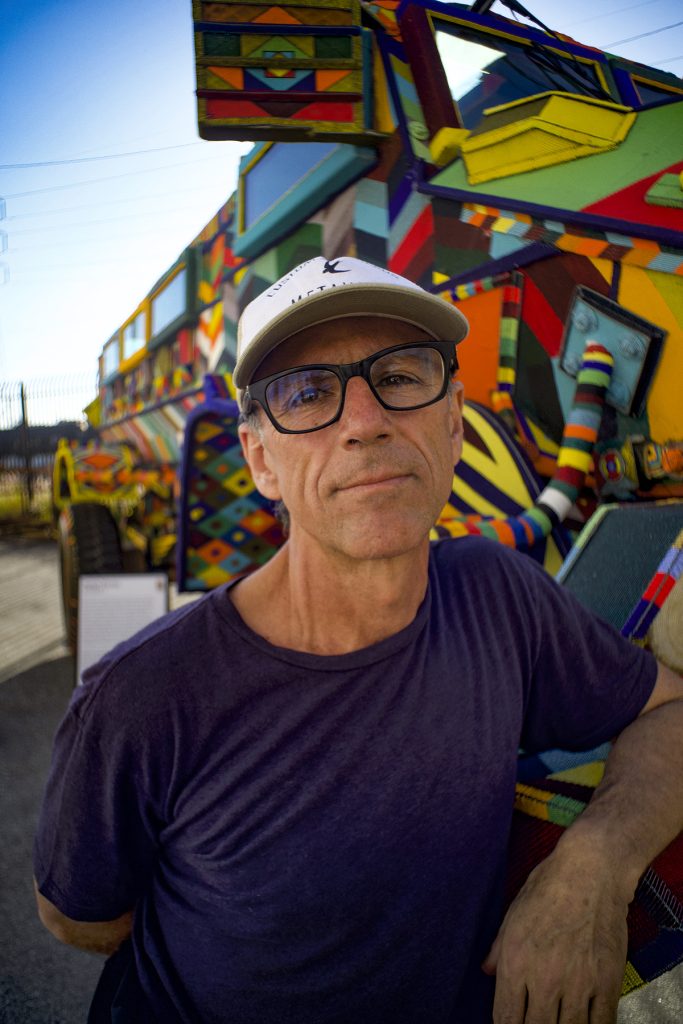

Why beads?
“There's no Africa without beads. It's connected,” says thenjiwe chinedo, a bead craftsman. “When you go deep into Africa, I think that's one thing. Beads are everywhere.” Beadwork has long been the cornerstone of South Africa's indigenous art, especially among the Nudebele people who use intricate designs to express their cultural identity. Ziman recalls seeing beaded sculptures for sale along roadsides in South Africa. “I always felt that beadwork had been given a short reduction,” he said. “The skills and talent it requires are incredible. In this trilogy, the idea was to direct Beadwork to a suitable position. For more information about this exhibition and the Flying Museum, visit www.museumofflight.org.
